Photographer Boris Dmitriev’s photo series can make many people overwhelmed by the “never seen before” views of the Milky Way.
Surely all of us have heard the phrase “Milky Way” or the Milky Way at least once. However, in the current conditions of many high-rise buildings and polluted air, few of us have the opportunity to admire this wonderful light strip of the universe.
With the desire for more people to have the opportunity to see the overwhelming beauty of the Ngan River in the North Caucasus mountains (Russia), ambulance driver Boris Dmitriev who is passionate about photography has created a unique set of photos.
Boris Dmitriev shared: “The most wonderful thing about taking photos of the night sky is being in harmony with nature. It seems that you are traveling through space and time and are freed. The photos I take exude a supernatural beauty, but when you look at them, you suddenly realize how wonderful it is to be here, to be immersed in the universe.”
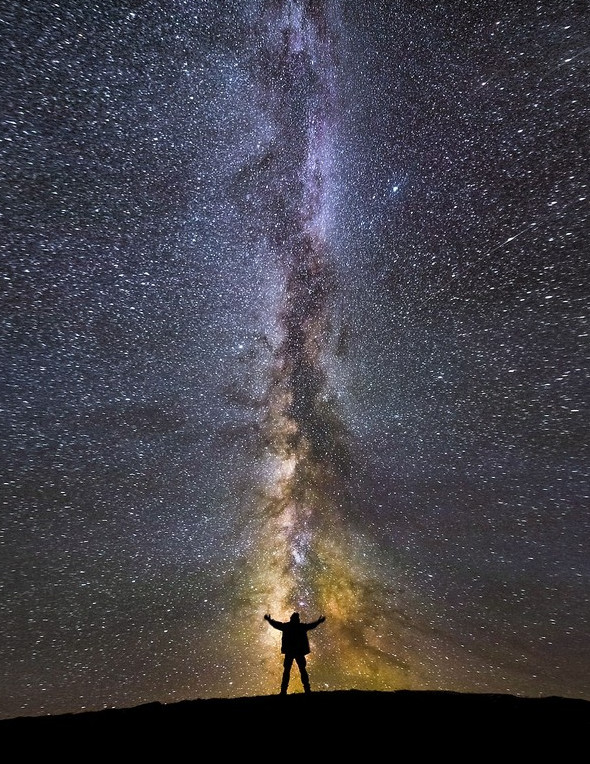
Our Milky Way is a galaxy in which the Solar System is located.
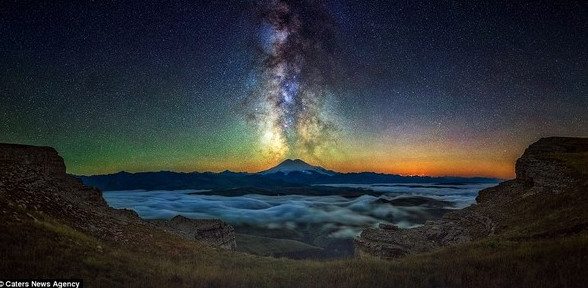
It appears in the sky as a strip of white light extending from the constellation Cassiopeia in the north to the constellation Crux in the south.
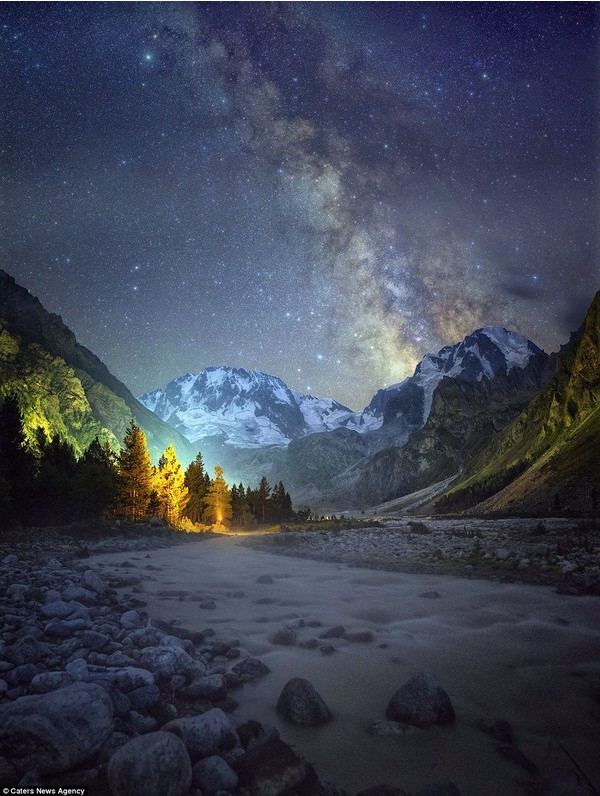
There are more than 100 billion stars in the Ngan River and this is an endless source of inspiration for photographers like Dmitriev.
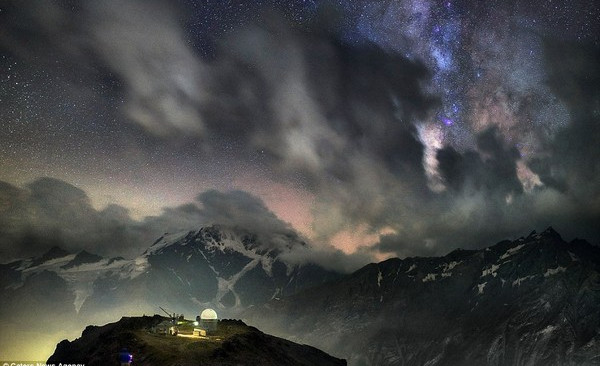
The Milky Way has a diameter of about 100,000 light years, of which the distance from the Sun to the center of the Milky Way is about 27,700 light years.
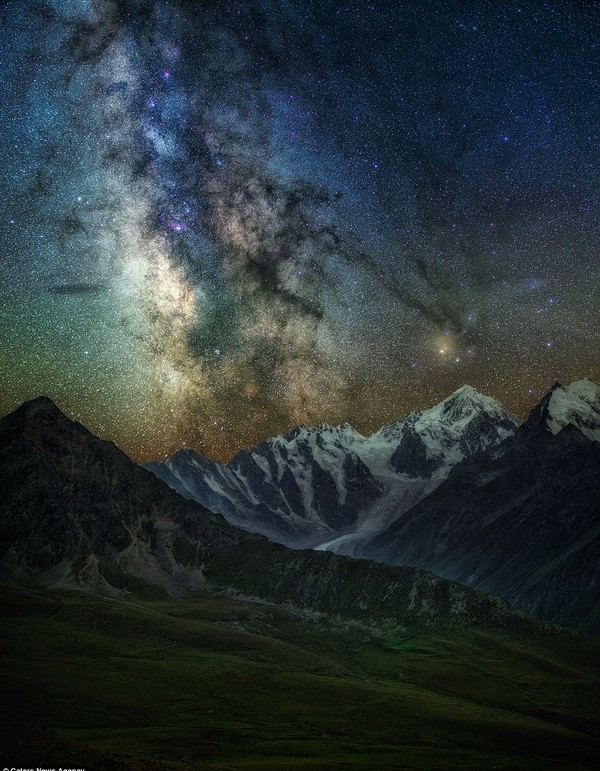
The stars in the Milky Way revolve around an area called the Galactic center. Our Earth is about 7.6 kiloparsecs (24,800 light years) from this center.
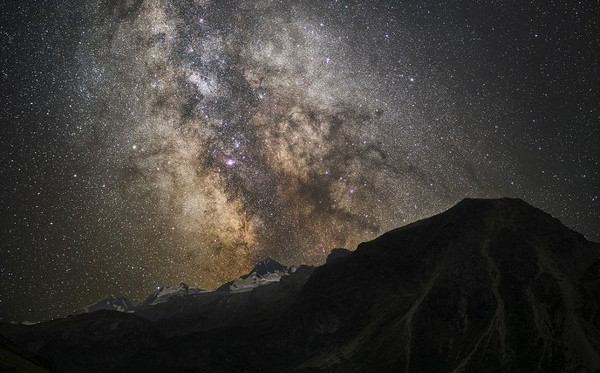
It takes our Solar System about 226 million years to complete one revolution around the center of the Milky Way, and has completed about 25 revolutions to date.
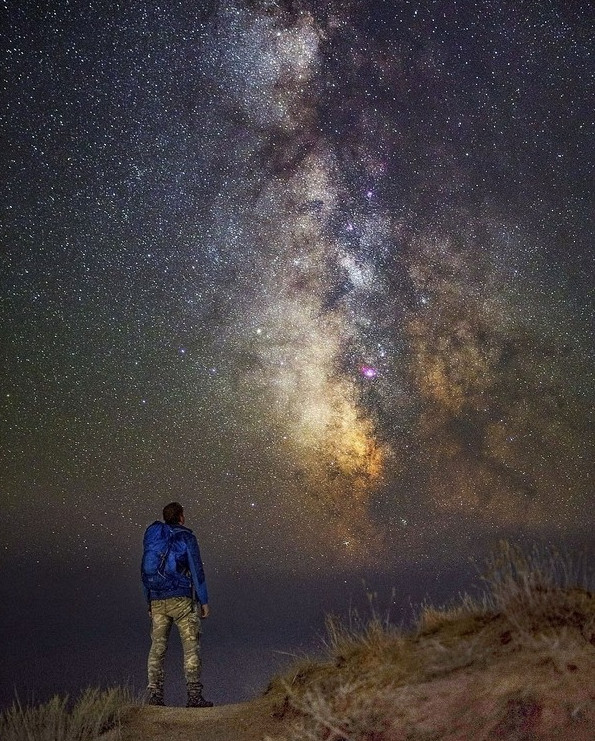
In 2004, a team of astronomers calculated the age of the Milky Way. Using some algorithms and observations, they deduced the expected age of the Milky Way: 13,600 million years old, with an error of about 800 million years
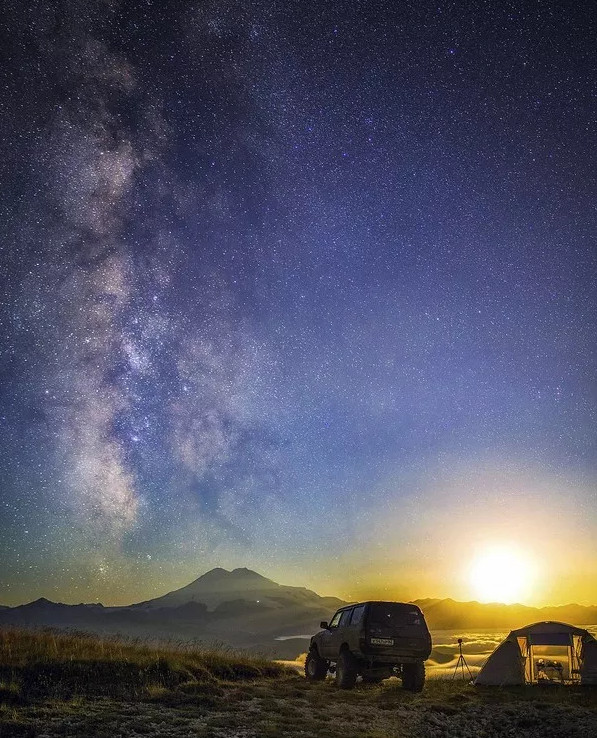
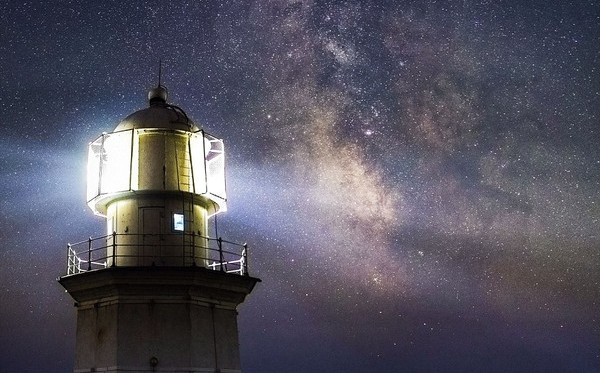
Did you know, there is more than one galaxy in the universe? Our Milky Way also has neighbors such as the Triangulum and Andromeda galaxies… It is estimated that in a few billion years, the Milky Way will merge with the Andromeda galaxy.





